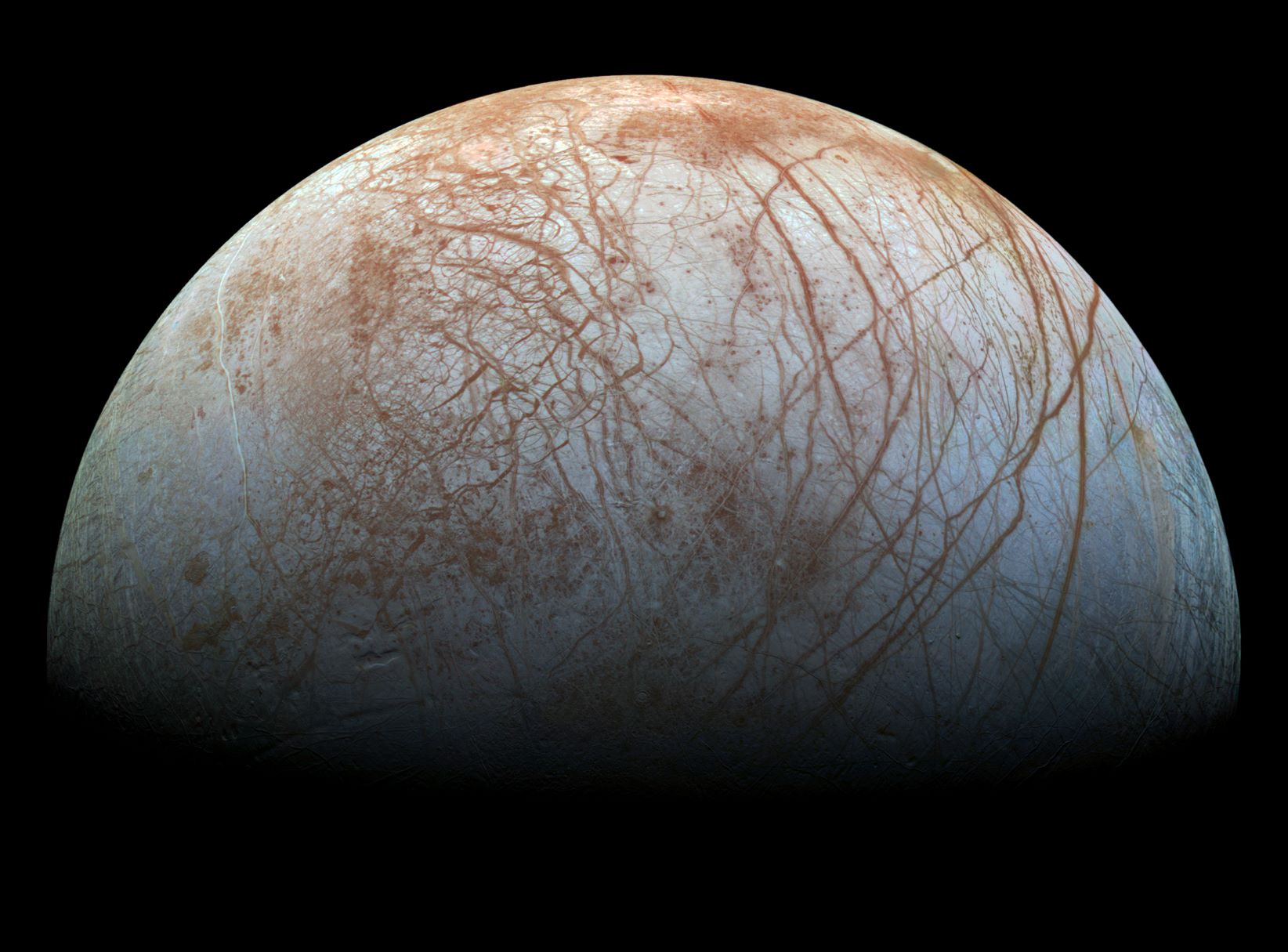Podcast: Play in new window | Download
Subscribe: Apple Podcasts | RSS | More
Last month, scientists published word that an incredible discovery was made on Venus. They found what is called a “biomarker” in the clouds of Venus. Now, a biomarker is not life, but a chemical that may indicate life is present. In Venus’ case, this chemical is phosphine. It’s hard to explain why phosphine would exist in the atmosphere of Venus without life being present, especially in the quantities found. This exciting discovery has renewed the conversation – what if we find life within the Universe? Or life within the solar system?
If life was found on two worlds within our solar system, it may indicate that life arises easily. This means that life could be anywhere. Or everywhere.
Today on the podcast, I talk to Dr. Niels Ligterink. Niels is an Ambizione Fellow at the Space Research and Planetary Science Division of the University of Bern, Switzerland. He leads an international group of researchers to develop an instrument called ORIGIN – an instrument that can actually travel to different worlds and find chemicals that may indicate life exists there.
We take a tour of the solar system and ask – why are some places good to look for potential life while others, we’re pretty sure, are desolate? Could life be on Pluto? What does life need, and why does life start in the first place?
We talk about the icy moons of Jupiter and Saturn and their underground oceans. How do we know that these oceans exist? Why might they be ideal places to find life? What kind of missions are planned to these moons, and how will they detect life there? And what do these underground oceans have in common with Earth’s own oceans?
Then we talk about Venus. What, exactly, did scientists find within the clouds? Does it mean there is really life on Venus?
What does all of this mean? If we found life in the solar system on two worlds (or more) it would indicate that perhaps, life starts more easily than we previously thought. And this could have implications across the Universe.
For patrons of the podcast, check out the photos and video of The Jupiter Icy Moons Explorer (JUICE) mission that Niels provided. If you are not a patron and want to become one, you can join at Patreon.com/sparkdialog. Thank you all for your support!
Some of the background music you heard are clips from:
Between Worlds (Instrumental) by Aussens@iter (c) copyright 2017 Licensed under a Creative Commons Attribution (3.0) license. http://dig.ccmixter.org/files/tobias_weber/56664 Ft: (Smiling Cynic)
pumpkinSoup by airtone (c) copyright 2017 Licensed under a Creative Commons Attribution Share-Alike (3.0) license. http://dig.ccmixter.org/files/airtone/56765
Mysterium by Doxent Zsigmond (c) copyright 2015 Licensed under a Creative Commons Attribution (3.0) license. http://dig.ccmixter.org/files/doxent/50929 Ft: Mr_Yesterday
nightWalk by airtone (c) copyright 2017 Licensed under a Creative Commons Attribution (3.0) license. http://dig.ccmixter.org/files/airtone/56520
